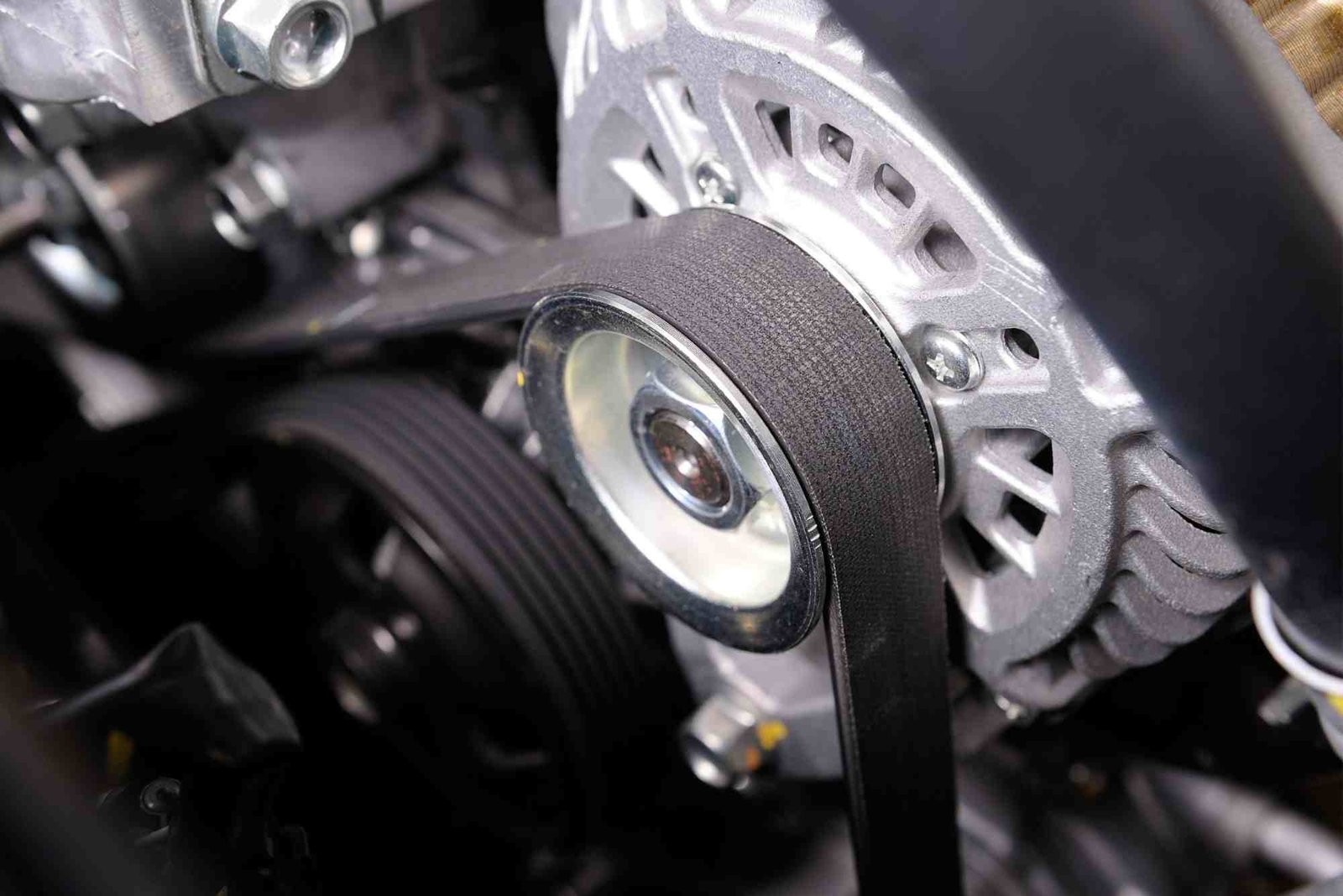Introduction
A smoothly running dryer is something most of us take for granted—until it stops working. One of the most overlooked yet essential components of a dryer is the dryer belt. This small but crucial part is responsible for turning the drum that tumbles your clothes during drying. When it begins to wear out or breaks completely, your dryer’s performance will drop significantly. Knowing the common signs of a faulty dryer belt can help you catch problems early and avoid costly repairs.
In this guide, we’ll explain what the dryer belt does, the telltale signs it’s failing, and how you can fix or replace it.
Understanding the Role of a Dryer Belt
Before identifying the problem, it’s important to understand what the dryer belt does. The belt wraps around the dryer drum, a tension pulley, and the motor pulley. When the motor runs, the belt turns the drum, which tumbles your clothes evenly for efficient drying.
When the belt becomes worn, frayed, or breaks entirely, the drum may stop turning even though the motor continues to run. This can result in damp clothes, strange noises, or the dryer failing to start. Recognizing the early signs of dryer drive belt problems will help you avoid more extensive damage later.
Common Signs of a Faulty Dryer Belt
The Drum Doesn’t Turn
One of the clearest signs of a broken dryer belt is when the drum doesn’t spin even though the dryer is running. You might hear the motor humming or the timer running, but the clothes remain still. In most cases, this means the belt has snapped or slipped off the pulley.
If this happens, unplug your dryer immediately and check for signs of wear or a broken belt. Continuing to run the machine can strain other parts, such as the motor or pulley system.
Strange Thumping or Squealing Noises
When your dryer begins making odd noises like squealing, thumping, or grinding, it’s often a warning sign. These sounds typically mean the belt is stretched, frayed, or slipping on the drum. A healthy dryer belt should move smoothly and quietly.
If you notice these noises growing louder over time, the belt could be nearing the end of its life. It’s a good idea to schedule a replacement before it breaks completely.
Burning Smell from the Dryer
A worn-out belt can cause friction as it slips against the drum or pulley. This friction can produce a burning rubber smell during operation. If you smell burning, turn off the dryer immediately and unplug it. Continuing to run it could damage the motor or even pose a fire risk.
Inspect the belt for signs of melting, fraying, or discoloration. Replacing it promptly can restore your dryer’s performance and safety.
Dryer Starts but Stops Quickly
If your dryer starts but then shuts off within a few seconds, the belt may have slipped or jammed. The belt tension switch detects whether the belt is in place. If it’s broken or loose, the dryer may automatically shut off to prevent damage.
Replacing a broken or loose belt can restore normal function quickly and prevent unnecessary wear on other parts.
Clothes Take Longer to Dry
Sometimes a faulty dryer belt doesn’t stop the drum entirely—it just reduces its efficiency. If the drum isn’t spinning at full speed, clothes won’t tumble properly, leading to uneven drying. You may notice your clothes are still damp even after a full cycle.
This is often an early sign that the belt is slipping or stretched. Replacing it early can help maintain energy efficiency and performance.
Visible Wear and Tear
A physical inspection of the dryer belt can tell you a lot. Signs of cracking, fraying, or uneven texture mean the belt is close to failing. Over time, exposure to heat and friction naturally wears down the rubber.
If you spot any damage, replace the belt before it breaks completely. A simple belt replacement is far cheaper and easier than a full dryer repair.
Why Dryer Belts Fail
Dryer belts are designed to last several years, but they aren’t indestructible. The most common causes of failure include age, overloading the dryer, poor ventilation, or worn-out pulleys. Excessive heat can also cause the rubber to deteriorate faster.
Using your dryer regularly without cleaning the lint filter or ensuring proper airflow increases internal temperature, which can shorten the belt’s lifespan.
How to Check and Replace a Dryer Belt
If you suspect your dryer belt is faulty, you can inspect it yourself. Always unplug the appliance first. Remove the top or front panel depending on your dryer’s design. The belt should wrap around the drum smoothly.
Look for fraying, cracks, or looseness. If you need to replace it, make sure you get the correct belt for your dryer model. Most belts are affordable and easy to install with basic tools.
However, if you’re uncomfortable working with electrical appliances, it’s best to call a qualified technician. They can replace the belt safely and ensure everything is aligned properly.
Preventing Dryer Belt Problems
While belts wear out naturally over time, you can extend their lifespan with proper care:
-
Avoid overloading your dryer. Heavy loads strain the drum and belt.
-
Clean the lint filter after every use to improve airflow.
-
Ensure the dryer is level to prevent uneven wear.
-
Schedule periodic maintenance checks.
By following these simple habits, you can reduce the chances of belt failure and keep your dryer running efficiently for years.
The Cost of Ignoring Belt Problems
Neglecting the early signs of a faulty dryer belt can lead to more serious issues. A broken belt may overwork the motor, causing it to fail prematurely. This repair can cost several times more than replacing a belt.
In extreme cases, friction from a slipping belt can produce enough heat to damage internal components—or even pose a fire hazard. Addressing the issue early keeps your dryer safe and efficient.
Many homeowners ignore small changes in their appliance’s sound or performance. But your dryer often tells you when something’s wrong. Squeaks, squeals, or thumps aren’t normal and shouldn’t be dismissed.
Listening closely and acting quickly can save you both money and frustration. If you’re unsure, check out this Related Blog article to understand more about common appliance issues and their fixes.
FAQs
Why does my dryer make a squealing noise?
A squealing noise often indicates the belt is slipping or worn. Replacing it typically resolves the issue.
Can I run my dryer without a belt?
No. Without a belt, the drum won’t rotate, and your clothes won’t dry properly. Running it without a belt can damage the motor.
How long should a dryer belt last?
A typical dryer belt lasts 8–10 years, depending on usage and maintenance.
Is replacing a dryer belt expensive?
Not usually. Most belts cost between $10 and $30, and professional replacement may cost around $100–$150.
How do I know if my belt has snapped?
If the motor runs but the drum doesn’t spin, your belt has likely snapped or slipped off.
A faulty dryer belt might seem minor, but it can stop your dryer from working efficiently—or at all. By recognizing the warning signs early, such as strange noises, burning smells, or a non-spinning drum, you can prevent costly repairs and keep your laundry routine running smoothly.
Want to explore more about appliance technology and maintenance? Learn more today and keep your home running efficiently.




